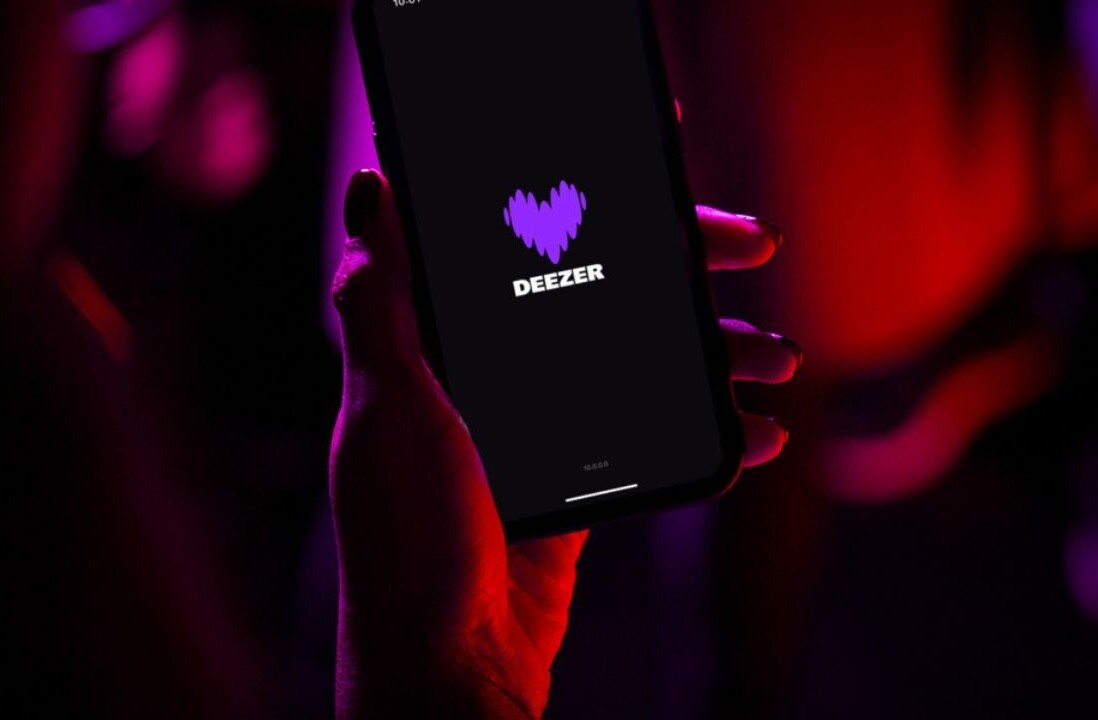These days, everybody seems to be jumping on the personalization bandwagon, which is great, but I’ve noticed that brands often struggle with exactly how to do it. That’s why I believe there is perhaps no marketing buzzword more important than “personalization.” Try Googling it: a search turns up nearly 100 million results.
Brands are spending millions on “getting personal” with customers. A recent Gartner survey found that CMOs across industries spend over 14 percent of their budgets on personalization.
But for many brands, that spending hasn’t led to maximum ROI. A recent survey shows that over 80 percent of consumers think brands aren’t tailoring content. But more than half of those consumers say a brand that personalizes would be more likely to win their loyalty.
Today’s brands clearly know that personalization is important. Here’s how I believe they can master it.
Figure out what customers want and when they want it
Today, brands can reach consumers in more ways and on more devices. The average consumer uses three different devices every day, but many brands are not taking advantage.
One company that is? North Face. The outdoor clothing retailer uses geo-targeting to deliver content to individuals based on their locations. To promote its Goretex rain jacket, North Face worked with rock band White Denim to release a sponsored song called “Rain Drop” that only pops up on Spotify in areas where it’s raining. Customers get an ad for North Face’s product precisely when they need it the most. It’s no wonder millennials consistently rate North Face as one of their favorite brands.
It’s also important for companies to closely watch customer journeys and recommend future products accordingly. For example, an ESPN user who checks last night’s scores on the app needs to be treated differently than one who reads the site’s long-form articles on a laptop.
Netflix is a brand that’s succeeding at the personalization game. Netflix makes recommendations not only based on what customers watch — but how long they watch it for, what device they watch it on, and even the time of day they view it. 80 percent of Netflix views come from recommendations, and the company saves $1 billion a year in avoided cancellations.
Don’t over-personalize
Now, I know I’ve just sung personalization’s praises, but there’s actually such a thing as over-personalization. And not all brands get that.
One example is a mortuary that sent a Christmas basket to someone living in an assisted-living facility. The campaign succeeded at hyper-targeting, sure, but is reminding people that they’ll die soon really the best way to attract customers and encourage goodwill?
Unfortunately, intrusive marketing is everywhere. Three-quarters of consumers say a brand has creeped them out and 40 percent of brands admit they’ve probably employed creepy marketing techniques. We’ve probably all had an ad for something we already bought stalk us across multiple sites.
When personalization is done right, it’s subtle, organic, and authentic — not creepy. According to Accenture, 88 percent of customers like when a company can personalize their experience without throwing away trust.
So how can companies deliver valuable, likeable personalization? I’d suggest that you don’t let assumptions about what consumers want get in the way of what actually works. Also, don’t be afraid to test new ideas and content.
And when dealing with sensitive data, respectfully ask consumers if you can personalize their experience. Most consumers actually will trade personal information for rewards. But over 80 percent expect brands to ask permission for that data, according to a Microsoft survey.
Hop on the AI train
In my opinion, true personalization can’t be achieved without artificial intelligence. Brands looking to improve their “personalization” game should invest in AI, which can process millions of data points and send consumers the perfect content in real-time.
A great example is British digital entertainment company, Sky UK, which uses AI to individually personalize the TV-watching experience of each of its 22.5 million customers. Sky’s AI sorts through the viewing habits of millions of customers in real-time and provides them with recommendations that suit their preferences. The immense computing power of the brand’s AI system even connects to its call center, so customer service reps can offer tailored advice.
Brands without AI capabilities spend hours analyzing and manually testing content and recommendations. With just a few clicks, brands can use AI systems to conduct this analysis in real-time and offer timely personalization.
If there’s one message I can get across to brands, it’s that you can no longer afford to put off authentic personalization. By following these tips, you can make sure your brand gets up close and personal with customers — but not too close.
TNW Conference 2019 is coming! Check out our glorious new location, inspiring line-up of speakers and activities, and how to be a part of this annual tech extravaganza by clicking here.
Get the TNW newsletter
Get the most important tech news in your inbox each week.






